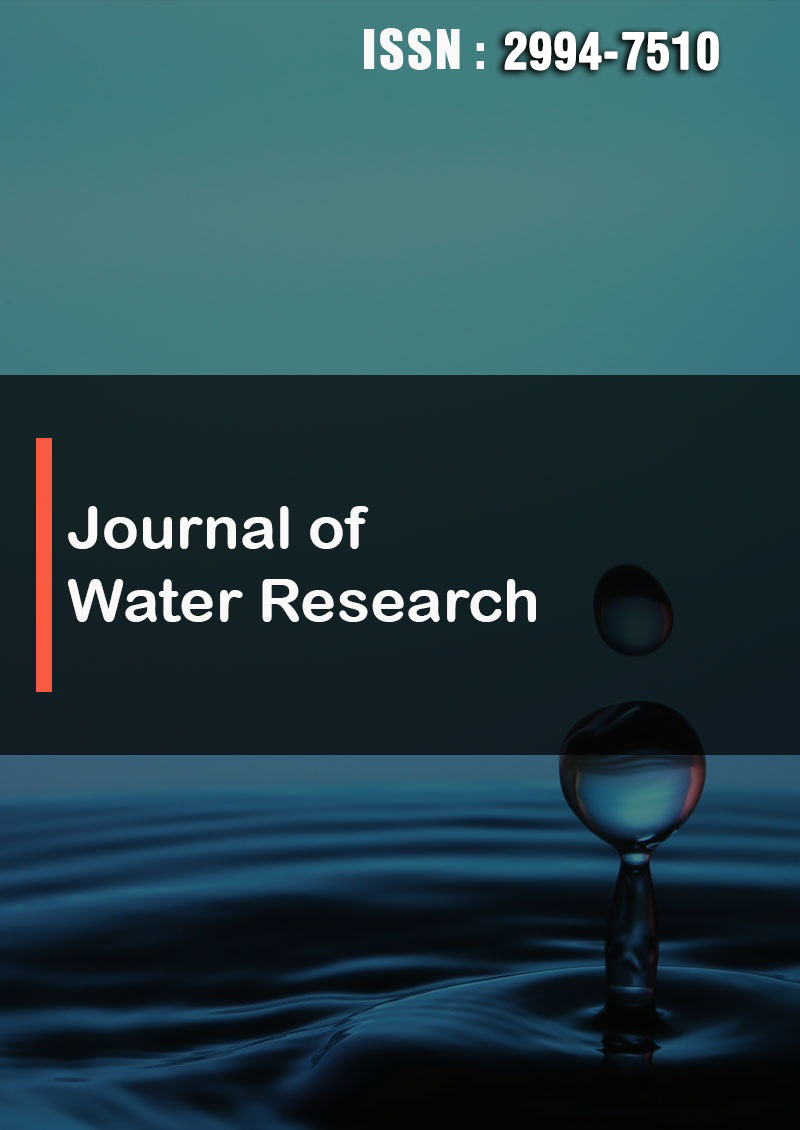Human Papillomavirus: Its Characteristics, Pathogenesis, Transmission, Immunity, and its Role in Cervical Cancer: A Mini Review
Abstract
Ameer Mezher Hadi, Yasir Haider Al-Mawlah, Lubna Abdulazeem Majeed and Wissam Hamid Al-Janabi
Human papillomaviruses (HPVs) have the ability to cause clinical disease in the epithelium of the skin and mucous membranes. It also possesses oncogene genes capable of transforming normal cells into cancerous cells in the oral and anal mucosa, and in various skin locations, these viruses infect almost all tissues, such as dermal-oriented epithelial, mucosal, and lining tissues. The symptoms of the human papilloma virus are sometimes mild and not apparent, while some other infections are of moderate or severe as well as some infection may lead to the transformation of normal cells into tumor cells, as is the case in some subtypes of this virus. Basic knowledge of the pathology and the ability of some microorganisms to cause disease is important for understanding the clinical presentation of the disease and how it is diagnosed and treated. In this review, we decided to discuss some important aspects of HPV, including the general characteristics of the virus, its life cycle, pathogenesis, epidemiology, immunity, and vaccination.



